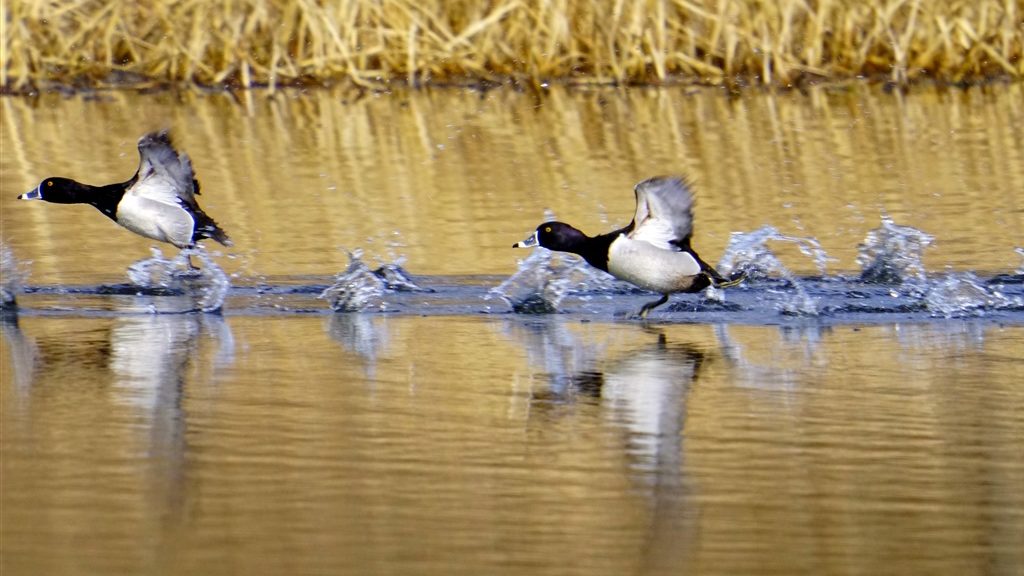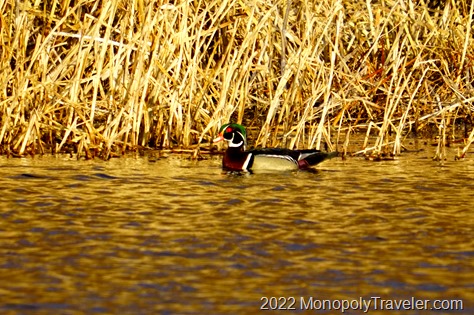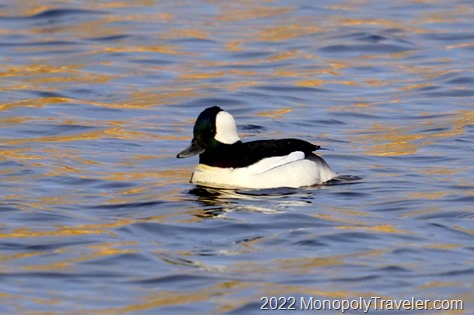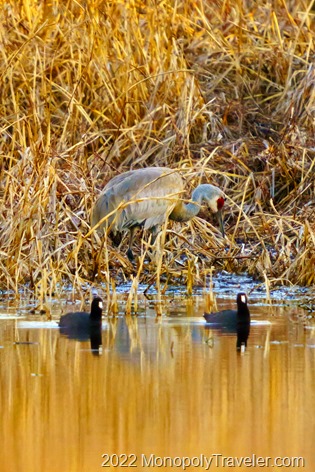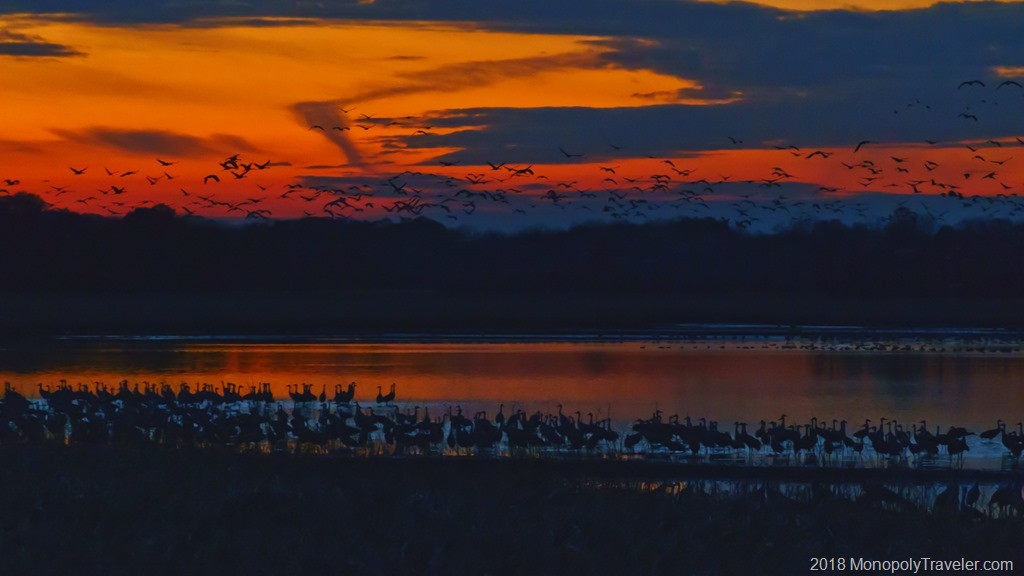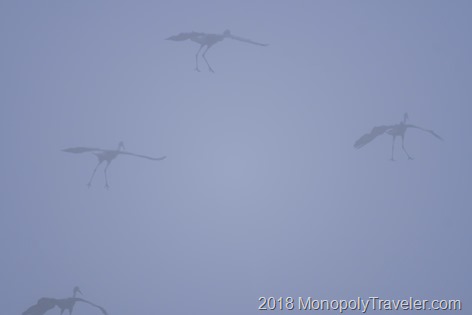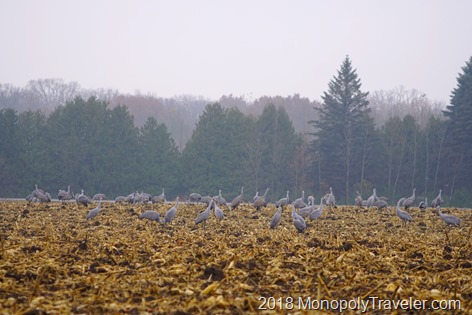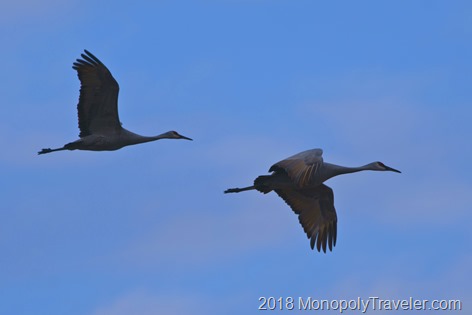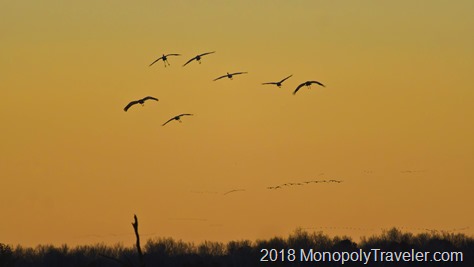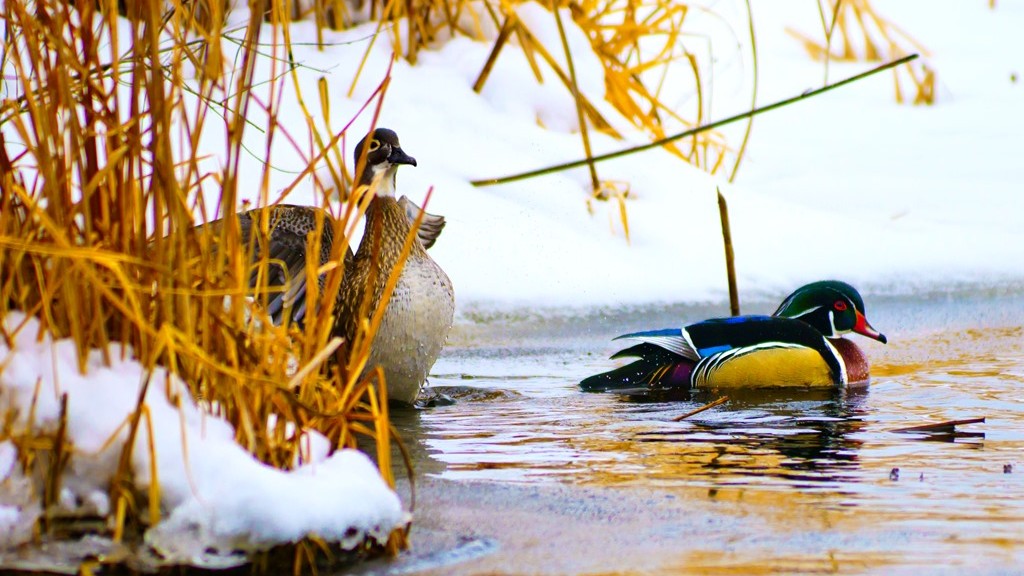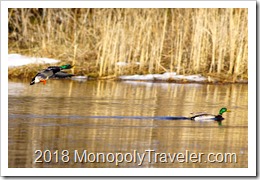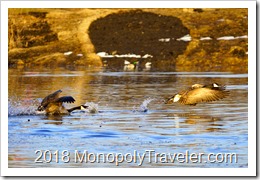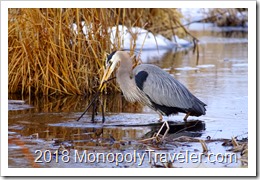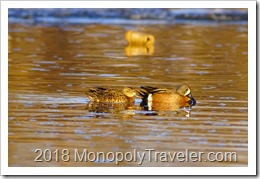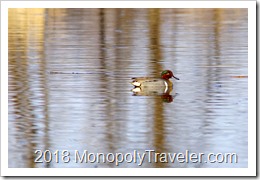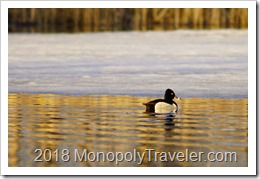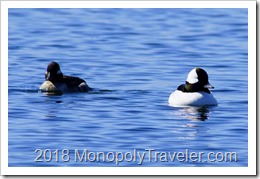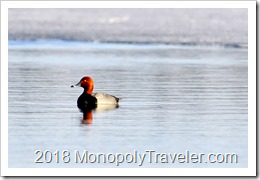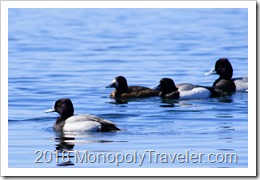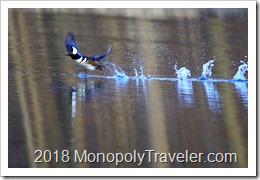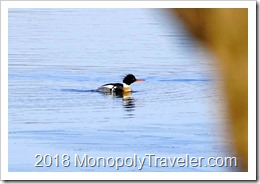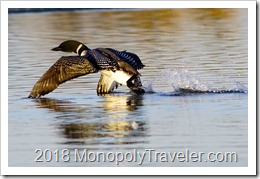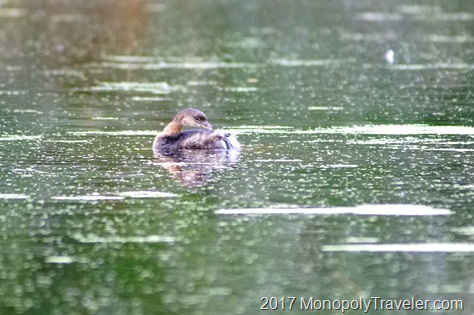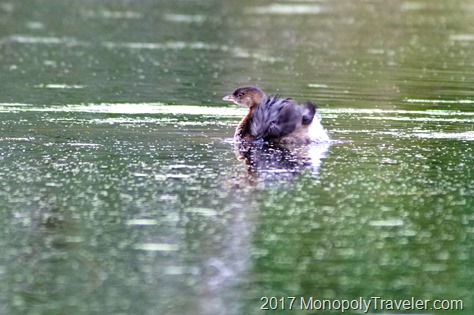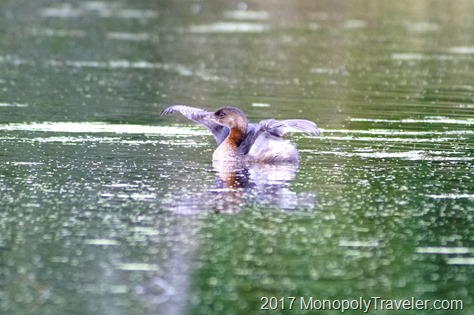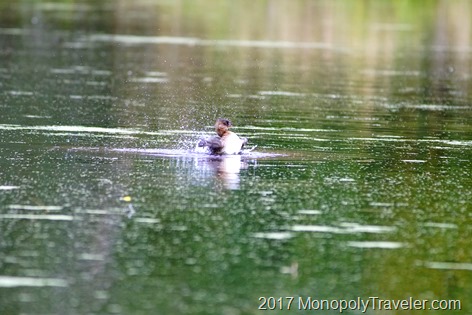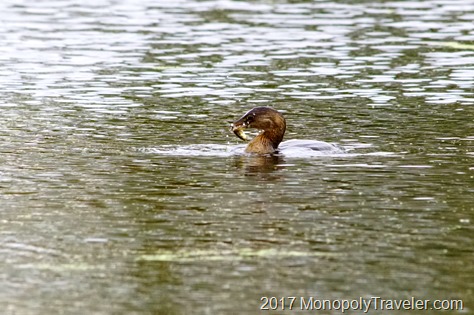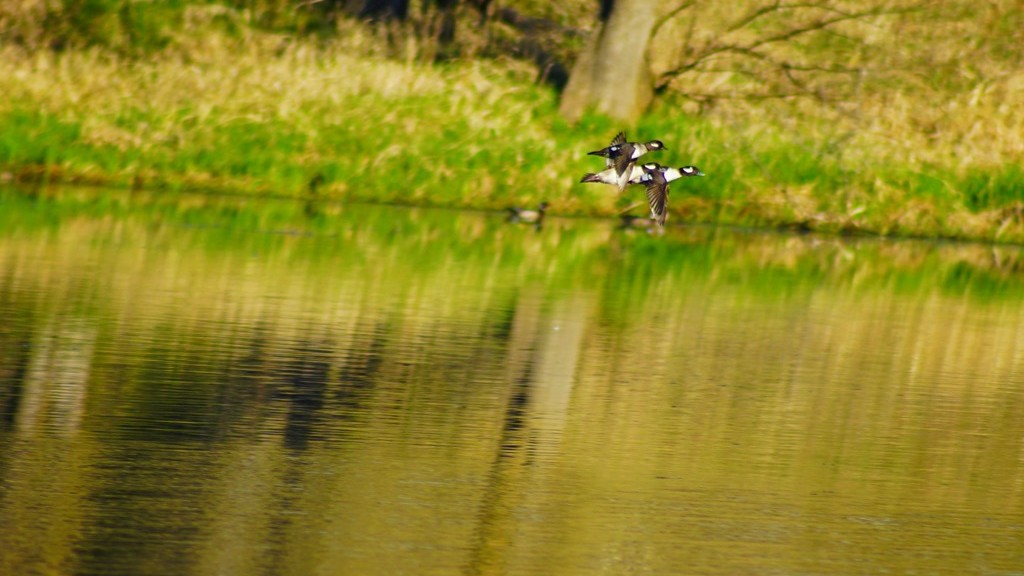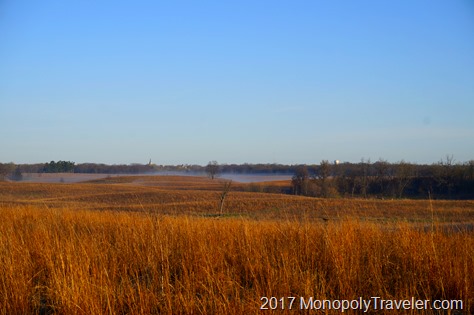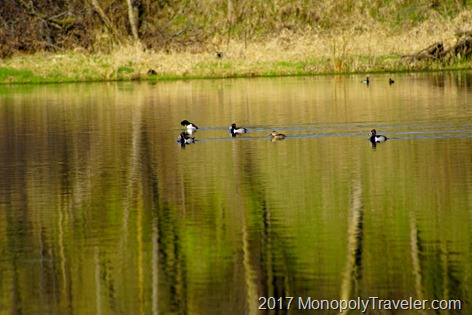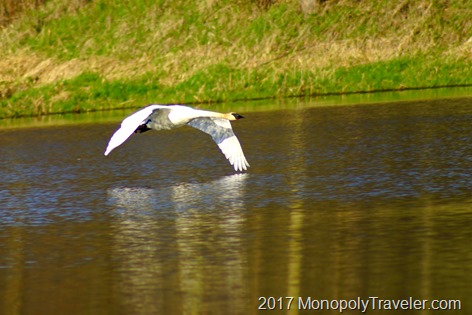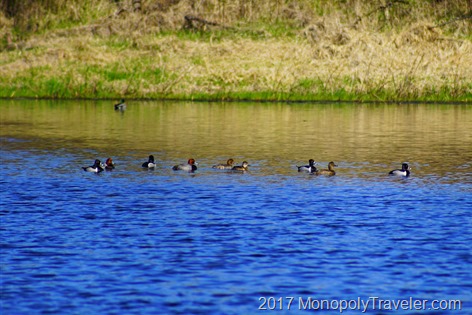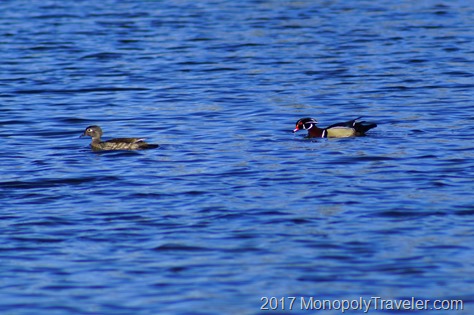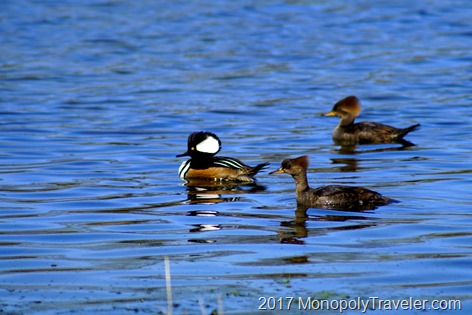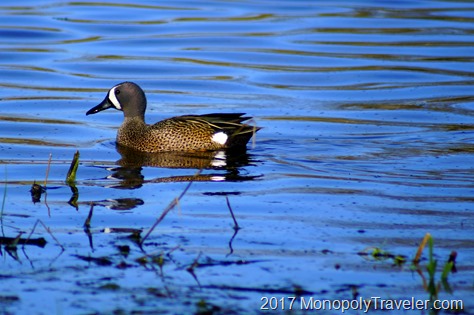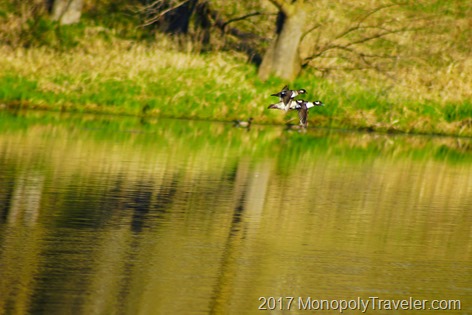It was one of the few nice days so far this spring. There was a lot to do at home but my camera kept whispering my name. Ignoring it at first, I continued on with my list of things to do but as the day continued, the call became louder and louder. Admitting I had not really used the camera much in awhile, I finally decided to accept the continual suggestions and head out to an area park. Knowing it would probably be busy as many people wanted to get out and enjoy the beautiful day, I thought through where I would go. After much thinking, I decided on a park a little further away hoping the ice would now be off some of the smaller ponds and wildlife would be starting to make their way north.
Pulling into the county park I had chosen, the parking lot was surprisingly open. There were several vehicles there but people were returning from their hikes and leaving. This should turn out to be a quieter adventure than I was expecting which would be nice. Now parked I switched my shoes to warmer boots since I was expecting to sit in one location for some time and the ground was still cold. Grabbing my backpack holding the camera gear and some warmer clothing should it be needed along with some food, I began my hike to the pond. Along the way I decided to travel through a small forest in search of mushrooms. They weren’t showing a week ago and today was no different. One more stop to the prairie along the way to check for Pasque Flowers. They were beginning to grow now and would be in full bloom soon. Now on to the edge of the pond which I could see the ice was gone and ducks littered the surface.
Meandering through trees at the edge of the pond I found a nice spot to perch in between two larger trees. The camera was set upon my tripod and I was ready. With all of this activity the ducks had moved to the farther end of the pond but I knew they would be back in time. Trying to remain mostly still I just sat and observed these waterfowl for awhile. Eventually they began to venture back to where I was sitting gathering food for their journey to their northern nesting grounds. Ring-necked ducks were the first to work their way closer and I expected to see these here as I’ve seen them a number of times in years past. Mixed in with them were a few Buffleheads which I wasn’t really expecting but happy to see. A couple of Pied-billed Grebes swam back and forth. While trying to capture a few images of them, a Ring-neck pheasant took off from right in front of me. I had no idea he was even there. How could I have missed it? What was even more surprising was it stayed that close to me for nearly an hour before scrambling to the air. That’s not typical for a pheasant. Of course there were the expected Wood ducks and even a few coots. As the sunlight was began to fade, a Sandhill Crane decided to land at the edge of this pond, probably for the night.
I had enjoyed this afternoon out photographing wildlife but the sun was now at the horizon and with it, my light for shooting wildlife. Packing up I was hoping to witness a colorful sunset. I climbed to the top of a nearby hill and watched as the sun continued to dip under the horizon. There wasn’t much of a show except for one small area in the landscape and I wasn’t in a good place to photograph it. Beginning my hike back to the car, the clouds on the opposite horizon began to produce a soft, pink glow. A beautiful way to mark the end of this wildlife adventure.
While walking I began to wonder if the owl I had photographed in this area a few times last year was back. There was no sign if it on this trip. I returned to the car now anticipating the warmth of the engine. Cold had started to return to the air with a stronger breeze pushing it through my clothes. With a slight shiver I began drive home with a smile having enjoyed an increasingly rare afternoon in a park.

